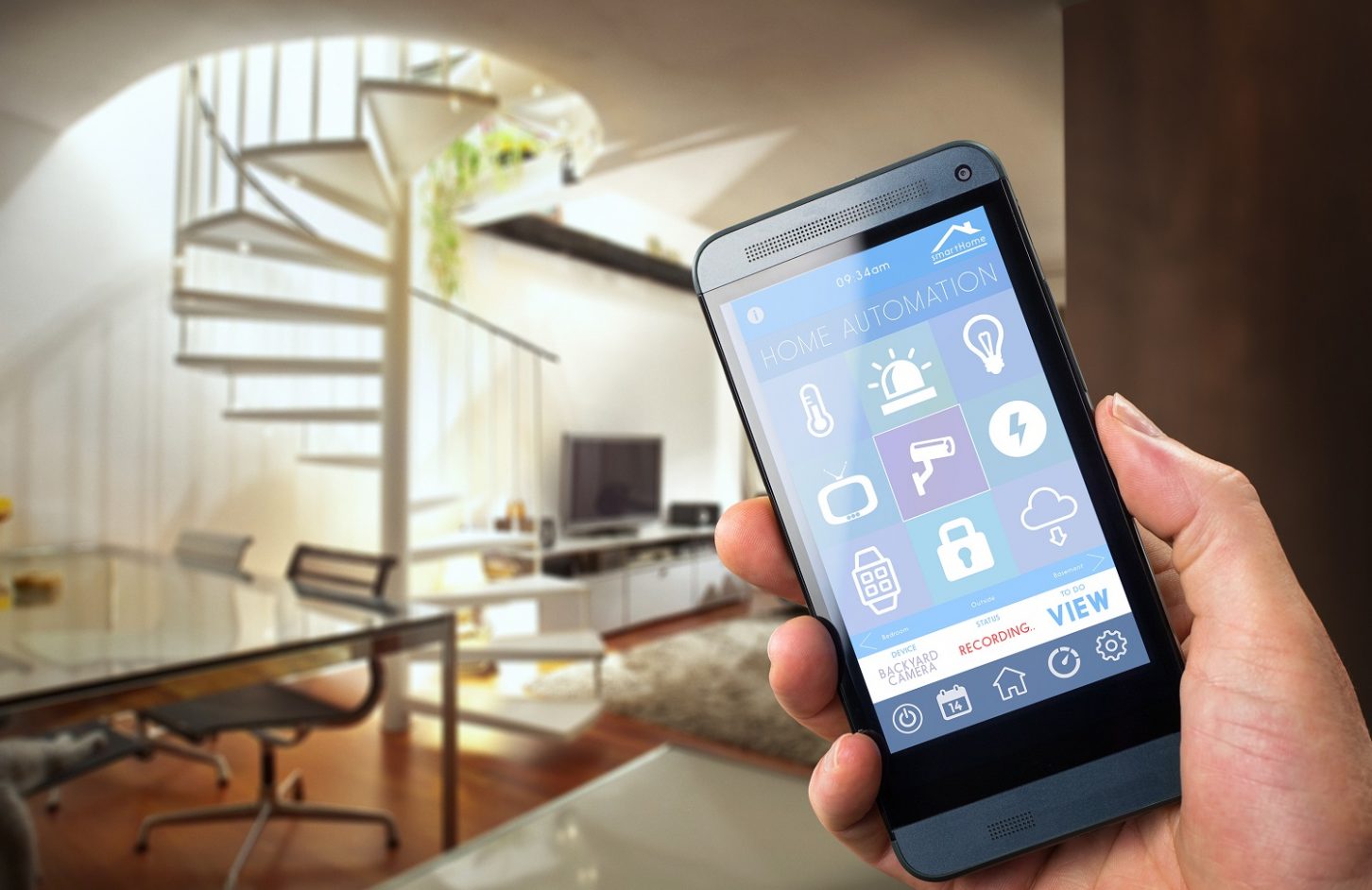A smart home that gives you what you want, when you want. It sounds great, but will it ever become a reality?
So-called ‘smart homes’, in which appliances talk to each other, operate by themselves and can be controlled remotely, have featured in numerous science fiction novels, films and TV programmes over the years. However, in the real world, they’re a rarity – despite decades of innovation, the uptake of smart home technology isn’t widespread.
From self-watering plant pots that can be switched on and off remotely via your phone, to an in-fridge camera that texts you when you’re running out of milk, the list of available smart home devices is endless. But are they all just gimmicks helping the tech-obsessed keep up with the Joneses?...

